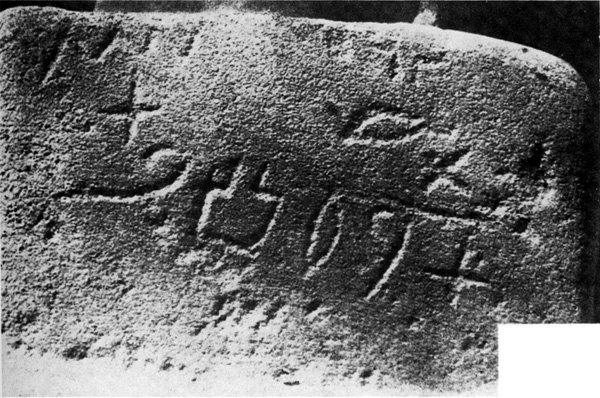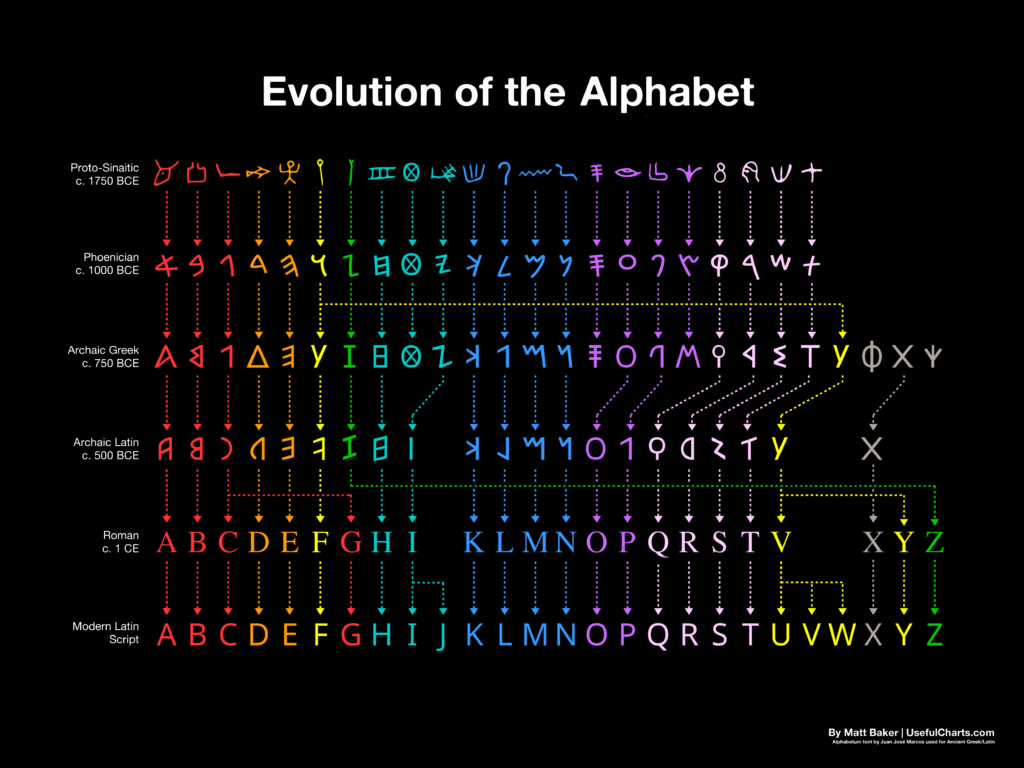Proto-Sinaitic script, also known as Proto-Canaanite script, is a pre-cuneiform alphabet that originated in the Sinai Peninsula in the late 19th century BCE. It is believed to be the oldest known alphabet in the world, and is thought to have been developed by the ancient Semitic-speaking people of the region.
The origins of Proto-Sinaitic script are still largely unknown, and there is much debate among scholars as to how it came into existence. The debate over the origins of the Proto-Sinaitic script, centers around the question of whether the script was developed independently by the ancient Semitic-speaking inhabitants of the Sinai Peninsula, or whether it was derived from an earlier, non-Semitic script. Some scholars argue that the script is a local invention, developed by the Semitic-speaking people of the region as a way to record their own language. Others believe that the script was derived from an earlier, non-Semitic script, such as the Egyptian hieroglyphs or the Proto-Canaanite script.
One of the key pieces of evidence that has been used to support the idea that the Proto-Sinaitic script was derived from an earlier script is the similarity between some of the characters in the Proto-Sinaitic script and those in the other scripts. For example, the Proto-Sinaitic character that represents the letter “aleph” (the first letter of the Hebrew alphabet) is similar to the hieroglyphic symbol for an ox head, which was used to represent the sound “aleph” in the Egyptian language. This similarity has led some scholars to suggest that the Proto-Sinaitic script may have been derived from the hieroglyphic script, possibly through contact between the ancient Semitic-speaking people of the Sinai Peninsula and the Egyptians.
However, other scholars have pointed out that the Proto-Sinaitic script also contains many unique features that are not found in other scripts, such as the use of diagonal lines to represent certain sounds, and the use of dots to distinguish between different consonants. These features suggest that the Proto-Sinaitic script was developed independently, rather than being derived from an earlier script.
Regardless, what is known is that it was a major step forward in the development of written language, as it was the first known script to represent the sounds of a language rather than just its ideas or concepts.
Proto-Sinaitic script was used primarily for religious and ceremonial purposes, and was inscribed on various objects such as pottery, stone, and metal. It is thought that it was used by the Semitic-speaking people of the region, including the ancient Hebrews, to record their religious texts and rituals. Some scholars have even suggested that it may have been used to write the earliest versions of the Bible.
The sound of Proto-Sinaitic script is largely unknown, as there are no recordings or written records of how it was pronounced. However, it is believed that it would have sounded similar to other Semitic languages of the time, such as Hebrew or Aramaic. Some scholars have even attempted to reconstruct the sounds of the script based on its known phonetic values, but these are only theories and are not widely accepted.
The cultural importance of Proto-Sinaitic script cannot be understated. It was a major breakthrough in the development of written language, and paved the way for the creation of other alphabets and writing systems. It is thought to have influenced the development of the Phoenician alphabet, which in turn influenced the Greek, Latin, and Cyrillic alphabets. In this way, Proto-Sinaitic script has played a major role in the development of written language and communication throughout the world.





